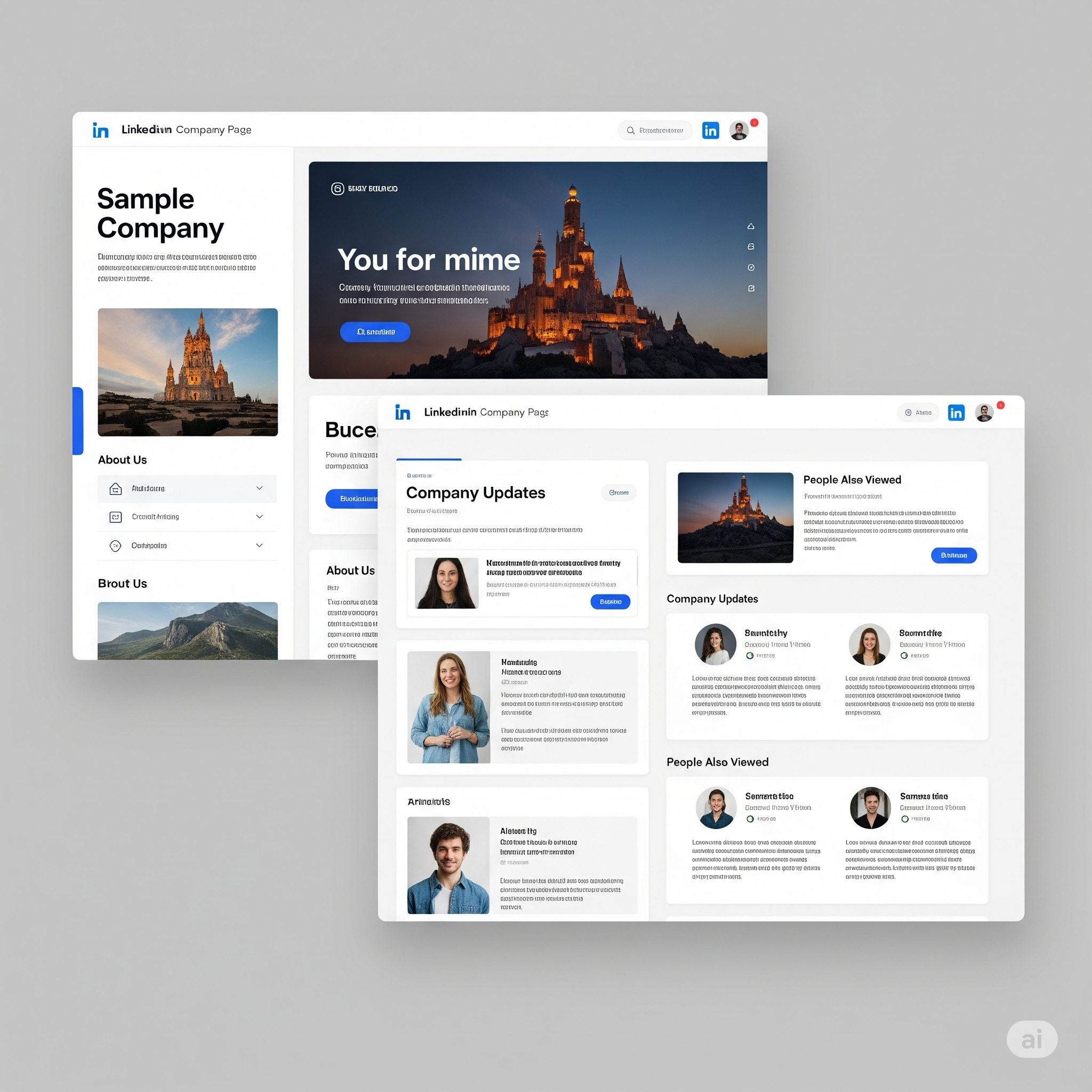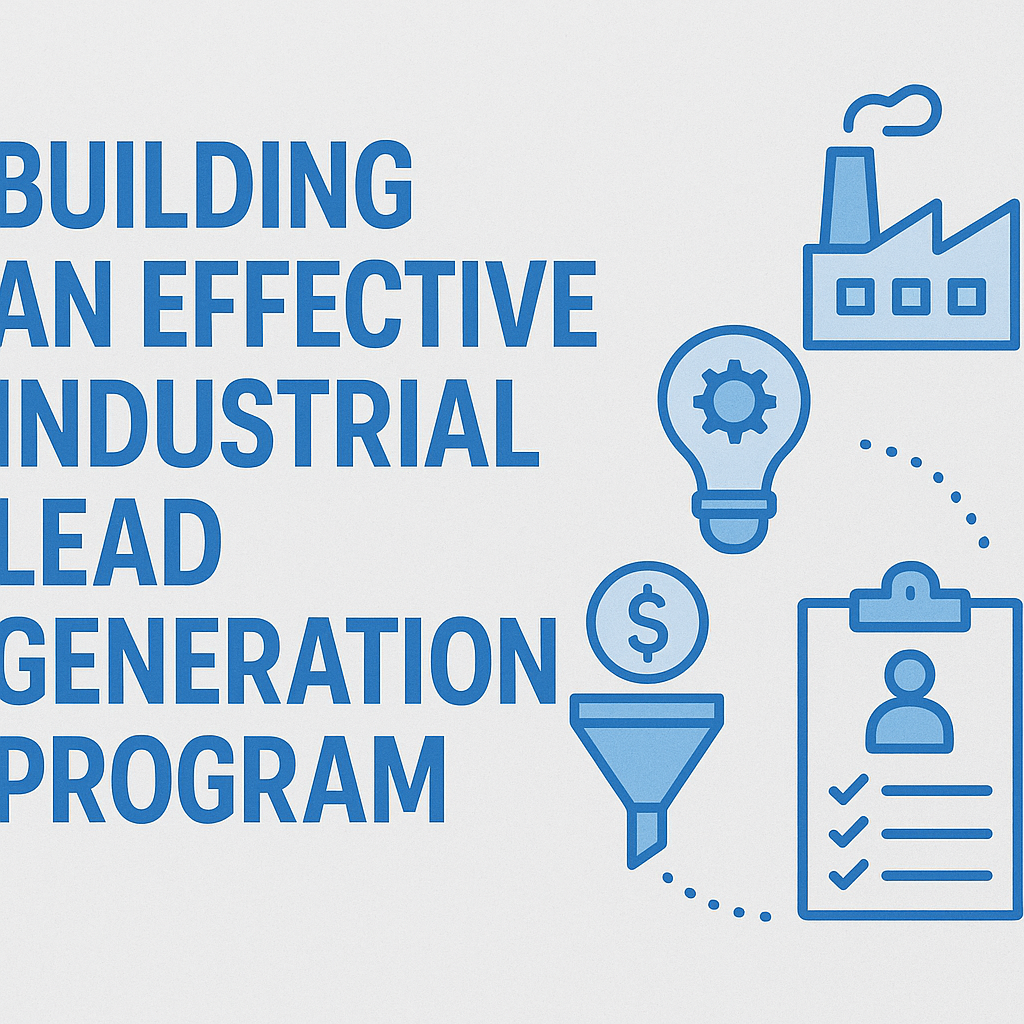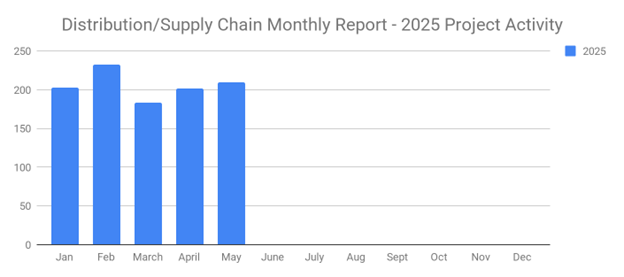
While many business-to-business (B2B) companies now focus their efforts on inbound marketing, cold calling remains a time-tested and effective strategy to generate more sales leads. Before picking up the phone, though, you should familiarize yourself with the following B2B inside sales tips for cold calling. Using these simple tips will help to improve your conversions, making this tactic even more cost-effective.
Follow a Script
Should you follow a script when cold calling? This is a question that many sales leaders continue to debate. In most cases, though, following a script will prove useful when cold calling prospects. This is because cold calling is all a numbers game, meaning you'll have to contact many of prospects to find one that converts. As such, reading from a script can make a sales rep sound robotic and cold. While there are some benfeits to strictly following a script, it is generally most effecitve if it is used as a guide or template for an inside sales rep to follow that will help to improve the overall productivity by allowing the rep to subtly guide a call.
Adjust Your Approach
It's usually a good idea for B2B sales people to follow a call template or script when cold calling prospects, but you should still adjust your approach based on the individual or organization whom you are calling. Hopefully, you know the prospect's name and have some meaningful sales intelligence about the company for whom they work, in which case you can customize your script to include this information. Subtle details such as this can turn a generic cold call into a more personal call – and personalized calls typically yield more conversions.
Slow Down
There's no rule stating that you must pitch your product or service to prospects during the first call. On the contrary, you may experience a stronger reaction and more conversions if you wait until the second or even third conversation to even really start introducing your product or service. Slow down and take the time early on in the process to build rapport and gain a clear understanding of a prospects business challanges. This will allow you to craft your positioning based on each prospects unique situation.
Find Out Why the Prospect Isn't Interested
When a prospect declines to move forward, find out why exactly he or she is not interested. Depending on the particularly reason, you could ease the prospect's worries while converting him or her into a qualified lead. You could find that your timing was simply off, and just need to reconnect at a later date. You won't know unless you ask.
Designate a Specific Date/Time for Follow-Up Calls
If a prospect initially declines your offer, see if he or she is interested in a follow-up conversation. Maybe the prospect is busy at the moment, or perhaps they need to run it by their boss. Regardless, there are dozens of reasons why a prospect may reject your offer. The key thing to remember is to schedule a specific date and time for follow-up calls. Telling a prospect “I'll call back later,” isn't the solution. Rather, you should let the prospect know exactly when you'll be calling so he or she can be prepared.
What to learn more? Get in Touch





